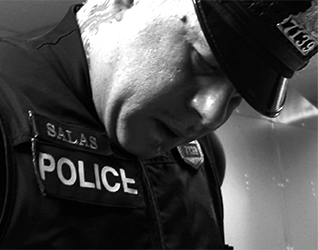
At approximately 12:40 a.m. on July 20, 2012, members of the Aurora, Colorado, Police Department responded to the local Century 16 theater following the largest mass shooting in Colorado’s history. Twelve people were killed, including a six-year-old girl, and an additional 70 individuals were wounded in the shooting. After 1,132 days, the shooter was sentenced to 12 life sentences without the possibility of parole.1 The investigation and prosecution involved nearly the entire Aurora Police Department, both sworn and civilian staff, as well as personnel from more than 40 additional local, state, and federal agencies. From first responders who carried victims from the theater and rushed them to local hospitals in the back of police vehicles, to the crime lab personnel who sifted through blood and debris while processing the crime scene, to the homicide detectives who worked tirelessly over the course of three years reviewing evidence and preparing for trial—all were left with a tremendous psychological footprint from the horrific nature of this incident. Although there was a community-wide sigh of relief at the conclusion of the trial and a great deal of discussion regarding closure being provided at long last, the psychological footprint remains—and, for many of the first responders, the wounds are still visible.


